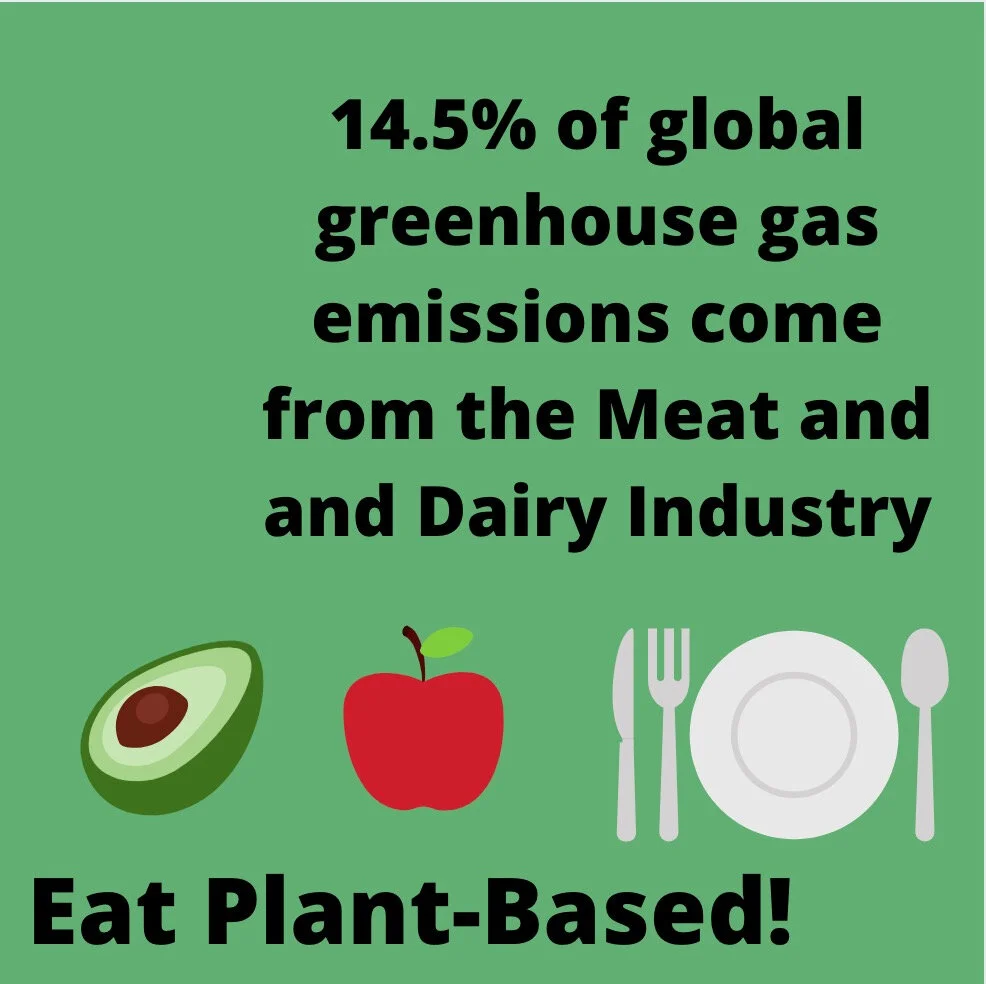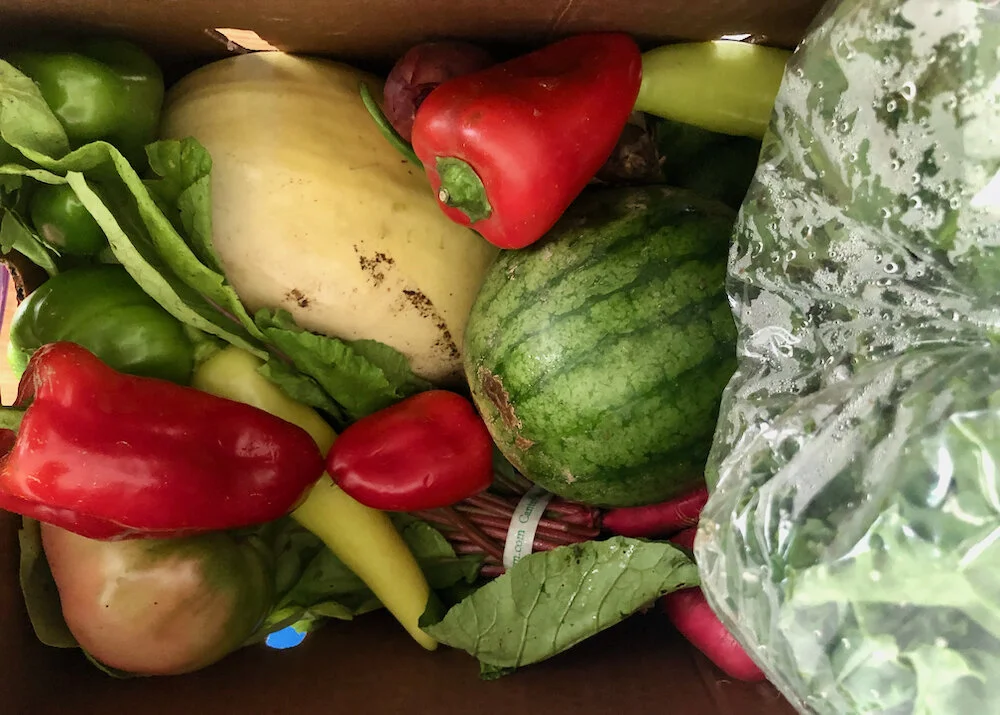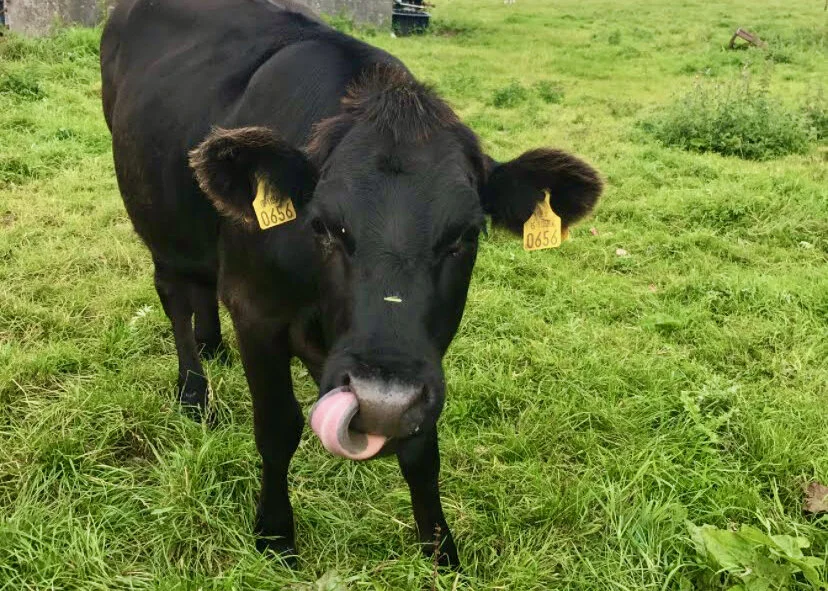Plant-based Eating
What is the Problem?
To many people, a meal isn't complete without chicken or steak. Meat and dairy account for 14.5% of the world's greenhouse gas emissions according to a United Nations’ study.(1) The farming of beef and lamb are two of the highest greenhouse emitters. Cows and sheep release methane due to their digestive systems. In addition, as more and more land is taken for agriculture, trees, which can absorb 400 pounds of carbon in 25 years, are cut down to create grazing land for the cattle and sheep.(2) In addition, many acres of farms use nitrogen fertilizers- another big CO2 emitter. Indigenous and other communities practice ethical consumption of meat and there are sustainable ways to obtain meat (see the resource section for more). However most of the meat and animal products we buy come from industrial agriculture and meat farms.
Sources: 1. UN’s Food and Agricultural Organization, 2.Sierra Club
What Can You Do?
There is a misconception that people must cut all animal products completely out of their diets to tackle these issues. Although that would make a huge impact, it is not necessary at all! Each of us can help by eating less meat. Going fully vegan (eating no animal products) can sound scary, but that isn't the only option. Eating vegetarian or plant-based even a few days a week is super impactful. Plant-based eating includes mainly food derived from plants, but doesn't necessarily restrict foods like eggs or milk. Not only is plant-based eating great for the environment, it also reduces the risk of type-2 diabetes and heart disease.(3) Some focus foods of these diets are fruits, veggies, legumes (beans), and whole grains (brown rice, quinoa).
There are many substitutes for animal-based foods. For instance, cow milk can be replaced with plant milk. Oat milk is the best option environmentally. It’s also important to get protein and vitamins. Mushrooms can be a great addition to meals, and can even be a replacement for taco meat.
The body produces 11 amino acids and gets 9 more from food. (4) Protein (which contains the amino acids we need) can come from tofu, tempeh, lentils, chickpeas, and quinoa. The meat industry lobbies to portray plant protein as inferior but that’s not true. What About Protein by The Game Changers on plant protein, describes animals as “middlemen''. Animals eat plants and get their protein from those plants, animals can even end up stripping the fiber and antioxidants. The next time you make a meal think about replacing the animal-based protein with one coming from plants!
Sources: 3. ForksoverKnives 4.MedicalNewsToday
How to Get Started
Plant-Based Meals
Start off slow with one or two plant-based meals a week. Here are a few recipes to try:
Buddha Bowls by Love and Lemons
52 Plant Based Recipes by Cooking Light
Vegetarian Dishes by Epicurious
Local Shopping
Farmers To You is a farmers market delivery service based in Vermont that delivers right to a pick-up location in Andover. (5) You can pick up orders at SHED on Abbot Campus Road on Fridays from 11:30 am to 12:30 pm. You can customize your order online each week. Shopping for local farm-fresh food is great for carbon emissions as there is no industrial food production involved. Farmers To You has locally sourced meat, eggs, dairy, and vegetables. They also have ingredients specifically for certain meals like frittata and spring veggie curry!
Sources: 5.Farmers To You
The Andover Farmers Market 2021 season opens on June 19th at 10:00 am. It will be held at South Church at 41 Central Street Andover MA. Some of the vendors include Farmer Dave’s and Gaouette Farm, there will be food and other locally made products like soaps! The North Andover Farmers Market will be opening on June 20th and will be located at the intersection of First and Main Street, North Andover MA.
Additionally, grocery stores in Andover have loads of plant-based items. Stop and Shop have tofu and tempeh in addition to other meatless protein sources. You can also look for the red “LOCAL” tag on Whole Foods items.



